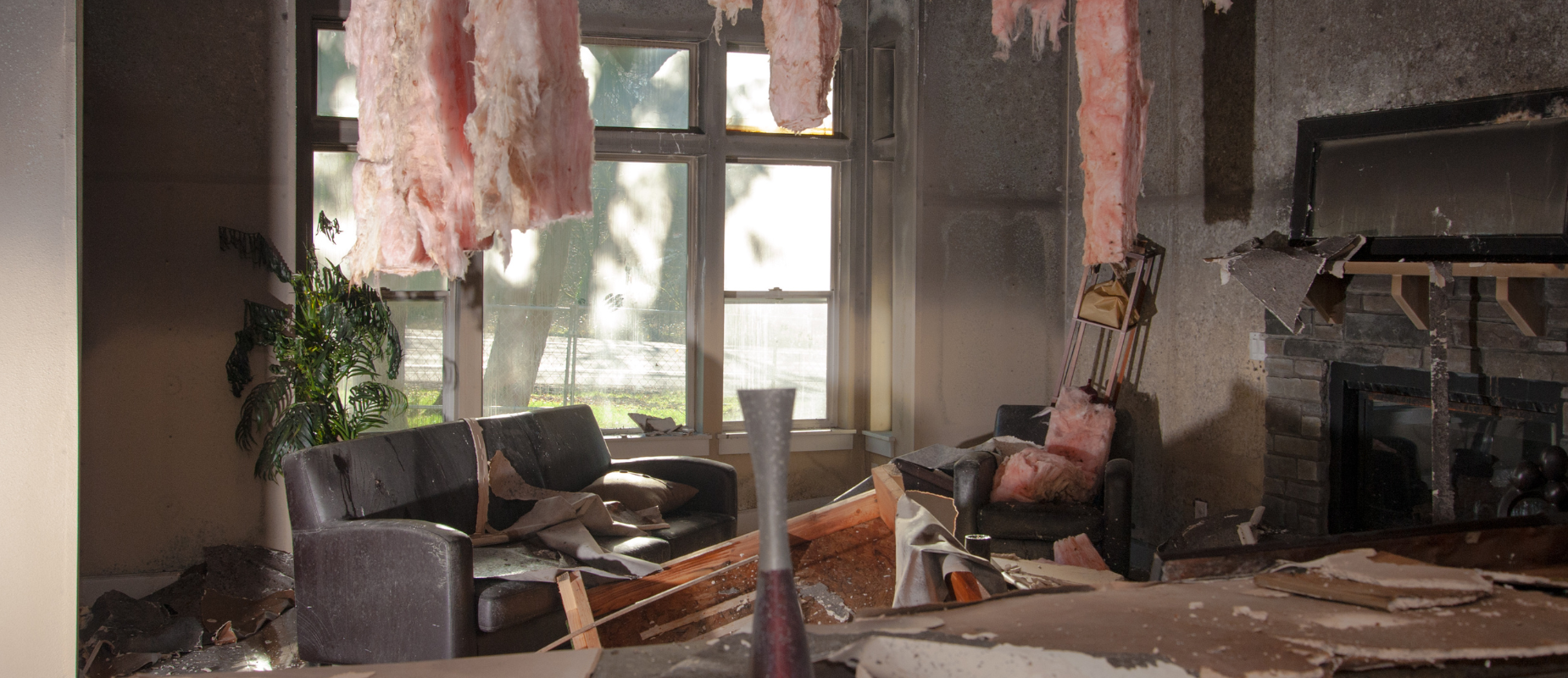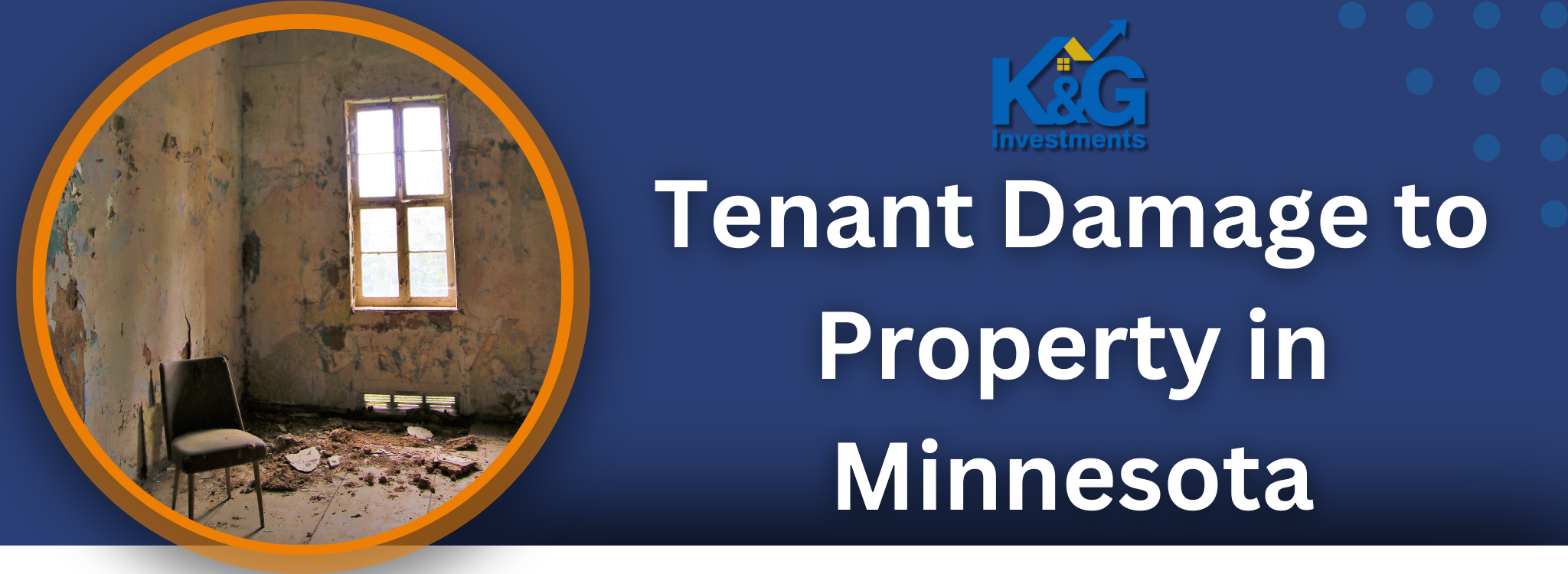
Tenant Damage to Property in Minnesota
Understanding tenant damage is critical for landlords and tenants in Minnesota. Understanding what constitutes tenant damage, how it differs from regular wear and tear, and how to document it can help everyone manage rental properties more effectively.
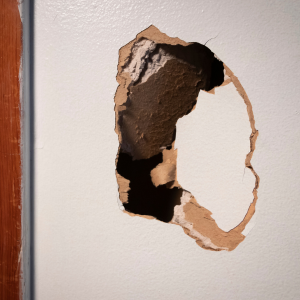
What Are Common Types of Tenant Damage?
Tenant damage may occur through various means. It may pertain to a minor incident, such as the spillage of juice on the carpet, or a more significant occurrence, such as a shattered window. In Minnesota, it is essential to distinguish between accidental and intentional damage to determine the responsible party for restoration costs.
Accidental vs. Intentional Damage
Accidental damage happens by mistake. For example, if a tenant knocks over a lamp accidentally, that’s unintentional damage. Intentional damage is when someone purposely harms the property, like making holes in the walls. In Minnesota, tenants usually have to pay for deliberate damage. They might not have to pay for accidental damage unless it’s in the rental agreement.
Wear and Tear vs. Damage
Wear and tear are the regular changes due to everyday use, like faded paint or worn carpets. Tenant damage is different. It’s harm that goes beyond normal wear and tear, like significant stains or broken fixtures. Knowing these differences helps decide what a tenant needs to pay for when the lease ends.
How Is Tenant Damage Documented?
Documenting tenant damage well is essential to protect everyone’s rights. It shows the damage before and after a tenant lived on the property.
Inspection Procedures Before and After Tenancy
Landlords in Minnesota can check the property before a tenant moves in and when they move out. These inspections show the property’s appearance and any changes during the tenancy. A move-in inspection lets the tenant list any problems, while a move-out inspection checks for new damages.
Role of Photographic Evidence and Reports
Taking pictures is a good way to show the condition of the property. Photos give proof that can help with claims about the property’s state. Along with photos, writing detailed reports about the damages strengthens the claims about tenant property damage in Minnesota.
By understanding these points, tenants and landlords can better deal with property damage issues, leading to a fair rental experience.
Legal Implications of Tenant Damage in Minnesota
What Are Tenant Rights Regarding Property Damage?
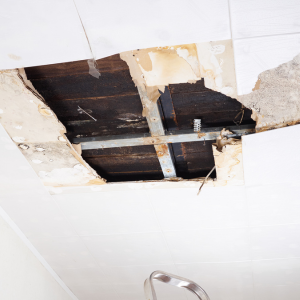
In Minnesota, tenants have certain rights regarding property damage. If tenants see any damage in their rental home, they should tell the landlord immediately. Tenants must also take care of the place and ensure no extra damage occurs because of neglect.
However, if the tenant or their guests didn’t cause the damage, the tenant can request repairs. Tenant repair responsibilities in MN usually mean informing the landlord about the issue. Tenants must learn about their liability in Minnesota for property damage; this understanding can help stop arguments. Knowing tenant property damage rights in Minnesota helps tenants handle damage issues reasonably.
How Does Landlord-Tenant Law Address Damage?
Minnesota’s landlord-tenant laws explain how to deal with property damage. Landlords often ask for a security deposit from tenants to cover damages that are more than normal wear and tear. Security deposit deductions in Minnesota allow for the management of such damage costs. If the landlord finds damage after the tenant leaves, they might claim damages against Minnesota tenants.
Both sides should record the property’s condition before and after moving out to avoid disagreements. When landlords make claims for property damage in MN, there are rules they must follow to support their deductions. Also, Minnesota tenant damage deposits have specific laws to protect tenants. Knowing these legal rules helps landlords and tenants deal with property damage fairly.
At K&G Investments, we focus on transparency and fairness in all tenant-landlord dealings, following these guidelines to keep a good rental environment.
Handling Tenant Damage in Rental Properties
What Steps Can Landlords Take Post-Damage?
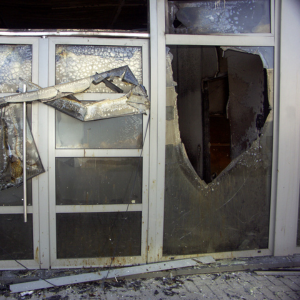
If you’re a landlord in Minnesota, dealing with tenant damage might happen. Here’s a simple guide to help you manage it:
- Document the Damage: Take pictures and write notes about the damage. Keeping records and documentation helps provide evidence if disputes arise about tenant property damage in Minnesota.
- Conduct an Inspection: You have the right to inspect the property in Minnesota. Let your tenant know before you visit to check the damage.
- Talk to the Tenant: Discuss the damage with your tenant. They might not realize how bad it is or their responsibilities.
- Check the Lease Agreement: Look at the lease to see what it says about damage and repairs. Providing clear guidelines can help clarify what the tenant should do.
- Work on a Solution: Try to solve the issue with your tenant. See if they will fix it or agree to pay for the repairs.
- Get Legal Help if Necessary: If you can’t solve the problem, you might need to go to the Minnesota housing court that deals with tenant damage disputes.
How to File a Damage Claim?
If tenant damage exceeds normal wear and tear, you might need to file a claim in Minnesota. Here’s how you can do it:
- Gather Documentation: Collect all papers related to the damage, like repair bills. Providing proper documentation is essential for your claim.
- File a Report: Send a report about the tenant’s damage to your insurance or authority. Make sure everything is correct.
- Know About Security Deposit Deductions: In Minnesota, you can use the security deposit for damage beyond normal wear. Explain each deduction to your tenant.
- Review Tenant Repair Obligations: Check what the tenant must repair according to Minnesota law. Taking preventive measures could save you from filing claims.
- Learn the Laws: Understand Minnesota’s rules about tenant damage liability. Understanding your legal rights helps you know what you can request.
Following these steps can assist landlords in handling tenant damage while keeping things professional with tenants. Contact K&G Investments. We aim to advise landlords on these issues.
Preventing Future Tenant Damage
What Precautions Can Landlords Implement?
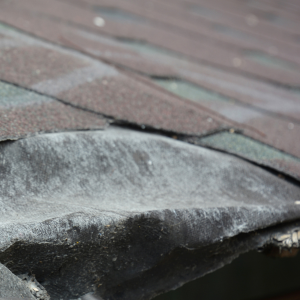
Landlords can do several things to prevent tenant damage and keep their properties in good shape. One crucial step is to create detailed lease agreements. These agreements should tell tenants how to take care of the property. Adding rules about keeping the property friendly can set clear expectations from the start.
Another helpful step is conducting routine inspections. Regularly checking the property’s condition helps catch problems early so they don’t worsen. This protects the property and improves landlord-tenant relationships.
Property maintenance is also essential. Landlords should promptly repair any broken items. Keeping the property in good shape encourages tenants to do the same. For landlords in Minnesota, following the Minnesota rental agreement provides a reasonable basis for landlord responsibilities. Knowing what landlords need to do in MN can help stop problems related to tenant damage.
How to Educate Tenants on Property Care?
Teaching tenants how to care for a property is key to keeping a rental unit looking nice. Landlords can make easy-to-understand tenant education programs for this. Giving clear property care guidelines shows tenants how to care for their homes.
One way to share this information is by creating tenant handbooks. These handbooks should have simple tips on keeping different parts of the property, like plumbing and appliances, in good shape. Landlords can also hold informative sessions to help tenants learn about property condition standards, especially those in Minnesota.
Letting tenants know about their rights and duties under Minnesota laws about property damage is helpful, too. Landlords promote understanding and respect by teaching tenants about Minnesota tenant rights regarding property damage. This way, misunderstandings are less likely, and landlords and tenants work together, protecting the property and making everyone happier.
Resolving Disputes Over Tenant Damage
Handling tenant and landlord disputes in Minnesota can be challenging. If there’s a problem with tenant damage, both sides need to know their choices. Landlord-tenant mediation in Minnesota is a way to find solutions without arguing. With the help of professional mediators, tenants and landlords can solve problems without going to court. Legal action might be needed to deal with tenant damage in MN if mediation fails. Mediation is often the best first step because it keeps things friendly.

What Are the Options for Mediation and Arbitration?
In Minnesota, mediators and arbitrators often resolve tenant-landlord disputes. These methods help avoid court fights by finding agreeable solutions. Professional mediators help both sides talk and understand each other better. Mediation is voluntary and can save both time and money. If mediation doesn’t work, the parties can choose arbitration as another option without involving the court. Knowing these options helps landlords and tenants find the best way to solve their issues.
How to Prepare for Small Claims Court?
For small claims of tenant damage in Minnesota, being ready is key. Collecting evidence is very important if you’re dealing with property damage claims by tenants. Here’s how you can get prepared:
- Gather Evidence: Collect proof of tenant damage. Take photos, keep repair bills, and any letters or emails about the damage.
- Understand Your Rights: Learn the rules about small claims in Minnesota so you know what you can do.
- Self-Representation vs. Legal Representation: Decide if you want to go to court alone or hire a lawyer. Many people handle self-representation well in small claims court, but a lawyer can help with complicated cases.
- Organize Your Case: Put your evidence in order and explain your case clearly. Practice discussing your situation so you’re ready to speak to the judge.
These steps will help you prepare for small claims court, giving you a better chance of winning. Remember, getting all your tenant damage proof in MN is crucial.
FAQs:
What are a tenant’s responsibilities regarding property damage in Minnesota?
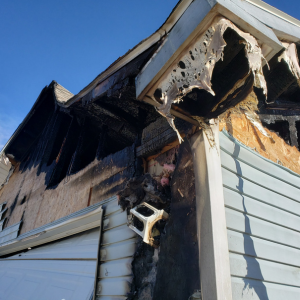
Tenants in Minnesota must keep their rental homes in good shape. If they damage something beyond normal wear and tear, they must fix it or pay for repairs.
How can a landlord document tenant-caused damage in Minnesota?
Landlords should take pictures and make notes before and after someone rents the place. A checklist signed by the landlord and tenant helps show the condition at the start and end.
What options do landlords have if a tenant causes damage in Minneapolis or Hennepin County?
Landlords can use the tenant’s security deposit to pay for repairs. If that’s not enough, they can go to small claims court. They need to prove the damage and how much it costs to fix.
Can a tenant be evicted for property damage in Minnesota?
A landlord can evict a tenant who seriously damages the property and breaks the lease rules. The landlord must show proof of the harm done.
What are the landlord’s responsibilities for repairs in Minnesota?
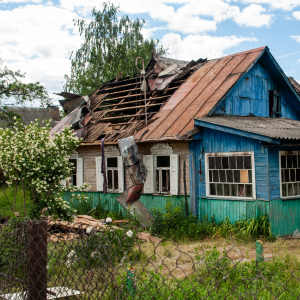
Landlords must keep the home safe and livable by quickly fixing the heating or plumbing if they break. They don’t have to fix things caused by the tenant’s carelessness.
Do tenants in St. Paul need insurance for property damage liability?
Tenants don’t have to have insurance by law, but it’s a good idea. Insurance can help if they damage the rental home, so they don’t have to pay all the costs themselves.
How does Minnesota law handle claims for tenant-related damage?
In Minnesota, landlords can take repair costs from the tenant’s security deposit. It’s essential to list and show what needs fixing and why.
What should tenants know about property damage when moving out in Minnesota?
Tenants should leave the home as they did when they moved in, except for everyday wear. They can do a final walk-through with the landlord to ensure everything is okay and get their deposit back.
Key Insights
- Learn about Minnesota’s rental property damage laws and rules. Also, learn about tenant liability and what repairs tenants must make.
- Find out what rights landlords have when tenants cause damage to their property in Minnesota. Learn about the kind of evidence needed and how to handle legal cases.
- Learn about the tenant insurance requirements in MN and ensure the proper protection against property damage.
- Handle landlord-tenant disputes better by learning about damage and eviction processes in Minnesota.
- Understand Minnesota’s housing court steps for tenant damage. Follow the rules when a tenant moves out.
- Get tips on writing clear lease terms for tenant-caused damage in Minnesota.
- Check out Minnesota rules on tenant damage deposits and what landlords should do to maintain property.
- Learn about tenants’ and landlords’ duties for property condition and repairs in Minnesota rental agreements.
- Know how tenant neglect can harm property. Protect your rental in the Minneapolis-Saint Paul area.
- Keep up with how tenants report problems and what documents are used for property damage in Minnesota.
This information applies to Minnesota and its cities, including Minneapolis, St. Paul, Minnetonka, Plymouth, and more. For more details, please call us at (612) 400-8070 or visit our website at K&G Investments.
Additional Resources For Minnesota Sellers

